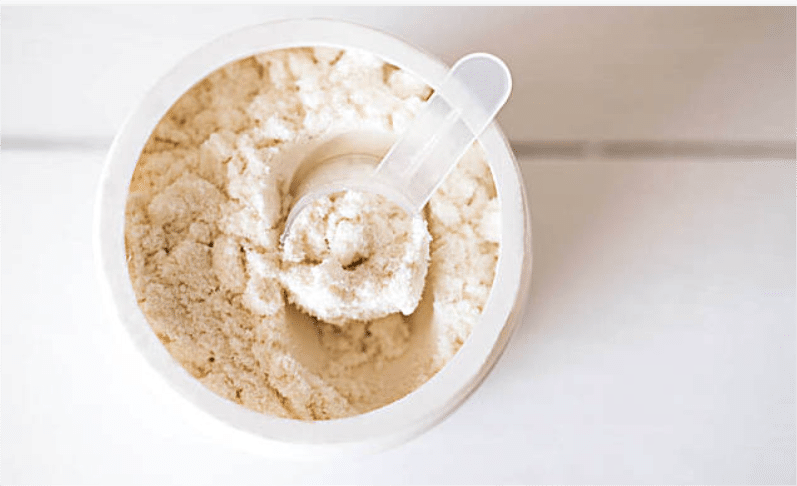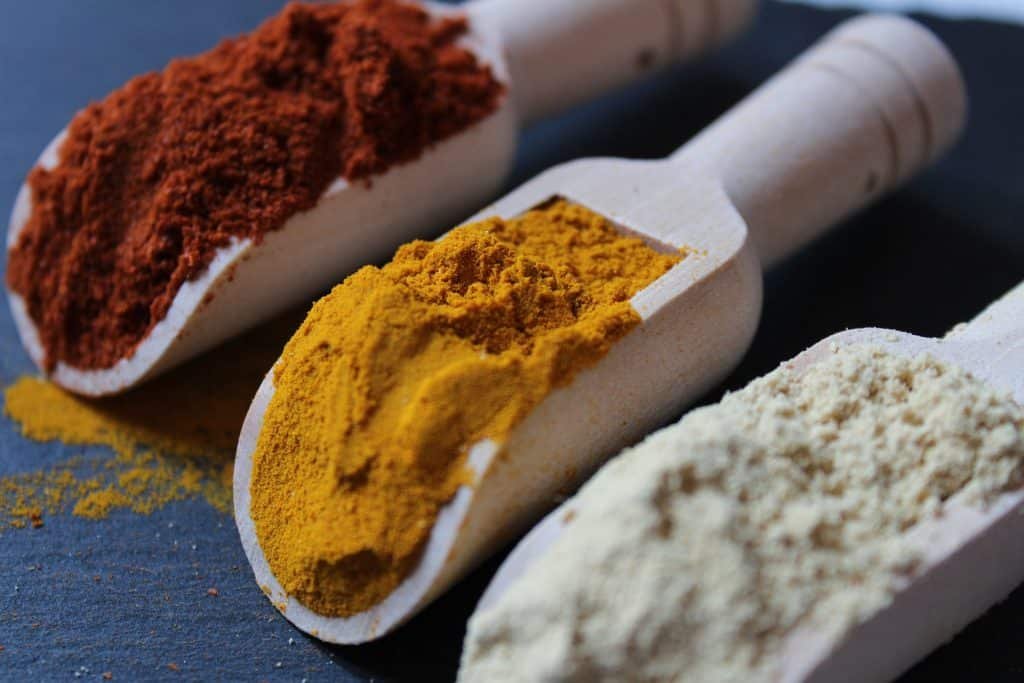Einführung
In health and nutrition discussions, gelatin and N-acetyl-L-cysteine (NAC) often arise as beneficial substances for various bodily functions. While they serve different purposes, both have unique health benefits. This article will delve into what gelatin and NAC are and their benefits, sources, uses, and differences.
Was ist Gelatine?
Definition und Zusammensetzung
Gelatin is a collagen protein found in animal connective tissues, bones, and skin. It is a colorless, flavorless food ingredient that thickens or gels liquids when dissolved in hot water and cooled.
Sources of Gelatin
- Animal Sources: Commonly derived from the bones and skin of pigs, cows, and fish.
- Culinary Products: Gelatin is found in jellies, desserts, marshmallows, yogurts, and broths.
Vorteile von Gelatine
- Gesundheit der Gelenke: Gelatin contains amino acids like glycine and proline, essential for collagen synthesis and joint repair. It may help reduce joint pain, especially for those with osteoarthritis.
- Gesundheit der Haut: The collagen in gelatin can enhance skin elasticity and hydration, potentially reducing the appearance of wrinkles and promoting overall skin health.
- Gesundheit der Verdauung: Gelatin may support gut health by strengthening the intestinal lining, which can improve digestion and help with conditions like leaky gut syndrome.
- Eiweißquelle: Gelatin is a good source of protein, especially for those on vegetarian or limited protein diets. It provides essential amino acids needed for various bodily functions.
- Gewichtsmanagement: Gelatin can promote satiety, helping you feel fuller longer, which may assist in weight management.
Uses of Gelatin
- Kulinarische Anwendungen: Used as a thickener, stabilizer, and gelling agent in various foods.
- Pharmazeutika: Utilized in capsules and as a stabilizing agent in medicines.
- Kosmetika: It is found in beauty products for its skin benefits, such as in facial masks.
What is N-Acetyl-L-Cysteine (NAC)?
Definition und Zusammensetzung
N-acetyl-L-cysteine (NAC) is a modified form of the amino acid cysteine. It acts as a precursor to glutathione, a powerful antioxidant that helps protect cells from damage.
Sources of NAC
- Nahrungsmittelbestandteile: While NAC itself is not commonly found in foods, cysteine is present in high-protein foods like chicken, turkey, yogurt, eggs, and whole grains.
- Supplement Form: NAC is a dietary supplement often used for health benefits.
Benefits of N-Acetyl-L-Cysteine (NAC)
- Unterstützung durch Antioxidantien: NAC helps boost glutathione levels, which protects cells from oxidative stress and may reduce the risk of chronic diseases.
- Respiratory Health: NAC is commonly used to help break down mucus in chronic bronchitis, making breathing easier.
- Liver Support: NAC is known for its ability to support liver function, especially in cases of acetaminophen overdose, where it helps prevent liver damage.
- Mental Health: Some studies suggest that NAC may help with mood disorders, including depression and anxiety, by regulating glutamate levels in the brain.
- Funktion des Immunsystems: NAC may enhance immune function by improving the body’s response to infections and inflammation.
Uses of N-Acetyl-L-Cysteine (NAC)
- Medical Applications: Used in hospitals for treating acetaminophen overdose and as a mucolytic agent in respiratory diseases.
- Nahrungsergänzungsmittel: Available over-the-counter for antioxidant support, liver health, and respiratory wellness.
- Research: NAC is being studied for its potential benefits in mental health, neurodegenerative diseases, and fertility.
Comparison of Gelatin and N-Acetyl-L-Cysteine (NAC)
1. Source
- Gelatin is derived from animal collagen, while NAC is a synthesized form of the amino acid cysteine.
2. Function in the Body
- Gelatin supports structural functions (like joint and skin health) and provides protein, whereas NAC is primarily known for its antioxidant properties and respiratory and liver health support.
3. Health Benefits
- Gelatin is beneficial for joint, skin, and digestive health. NAC is more focused on detoxification, respiratory health, and antioxidant support.
4. Usage
- Gelatin is commonly used in foods and cosmetics, while NAC is typically taken as a supplement for specific health benefits.
Schlussfolgerung
Both gelatin and N-acetyl-L-cysteine offer unique health benefits and play essential roles in nutrition and wellness. Gelatin supports joints, skin, and digestion, while NAC is a powerful antioxidant that aids liver function and respiratory health. Incorporating one or both into your routine may be beneficial depending on individual health goals and needs.




